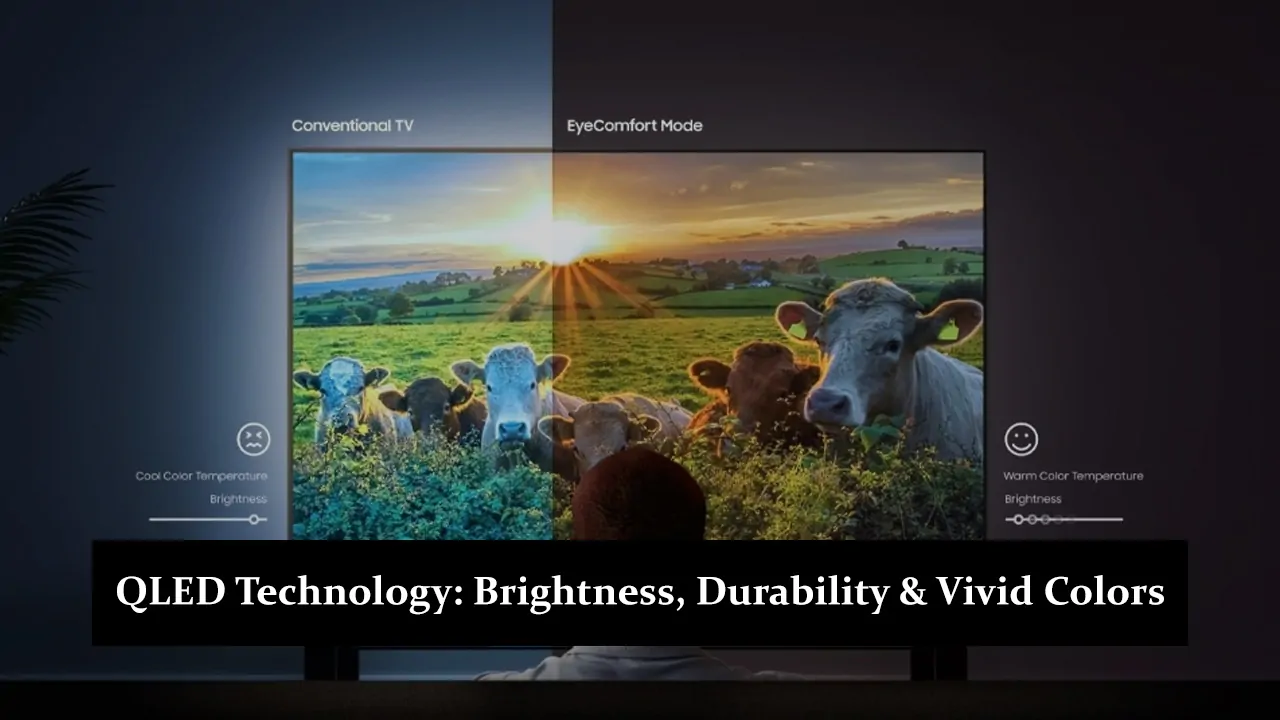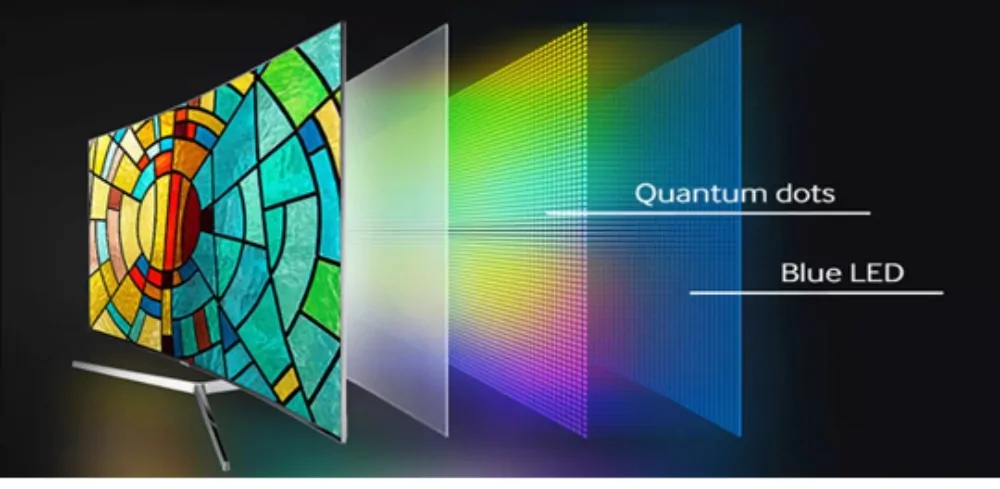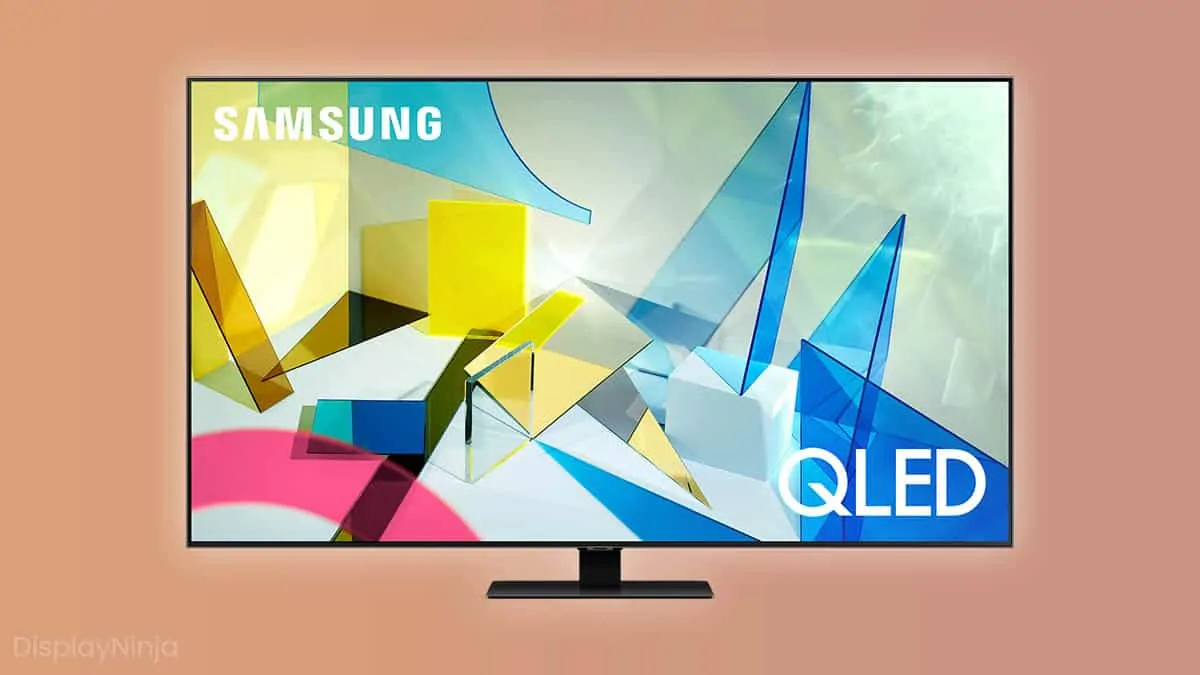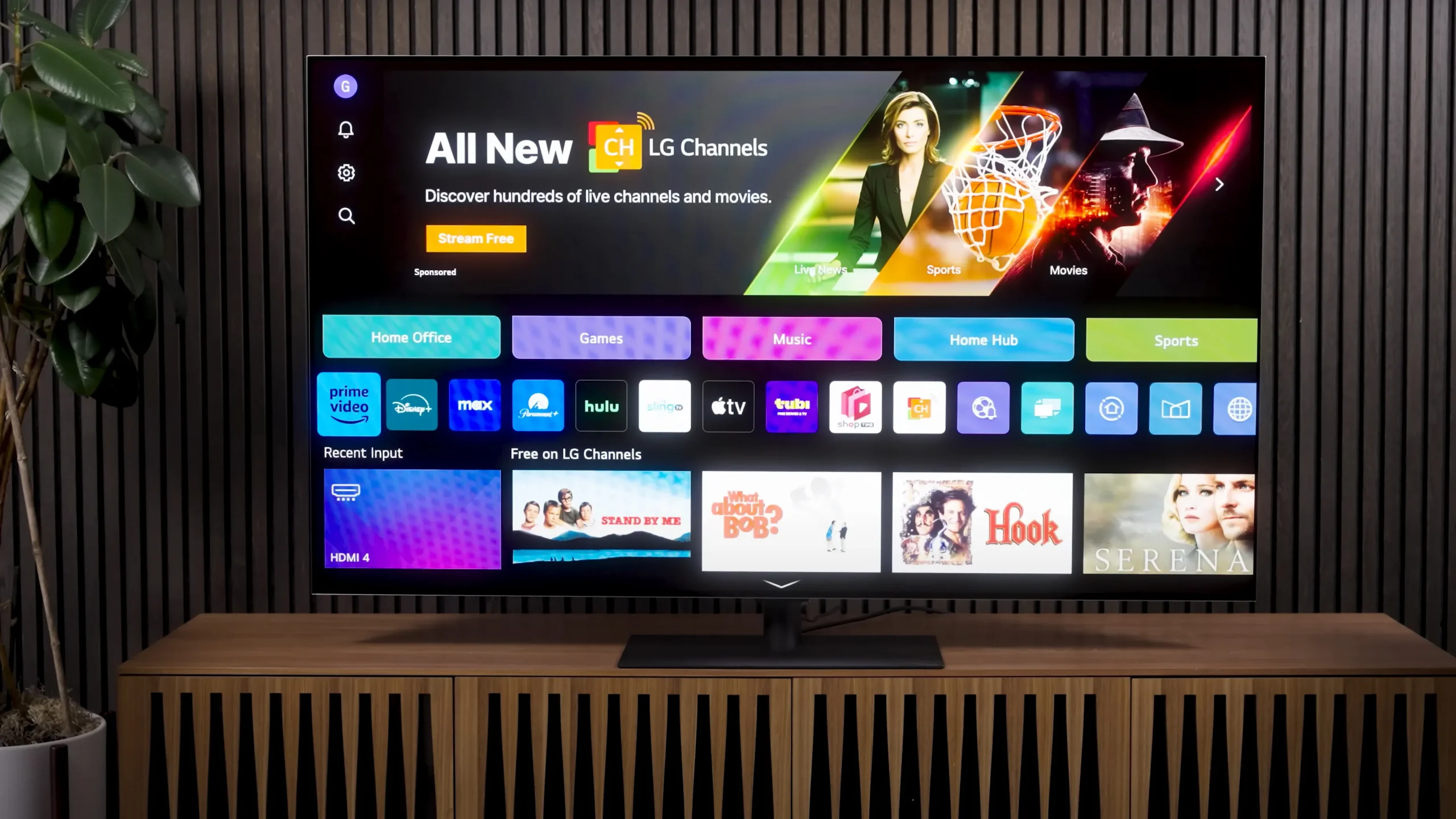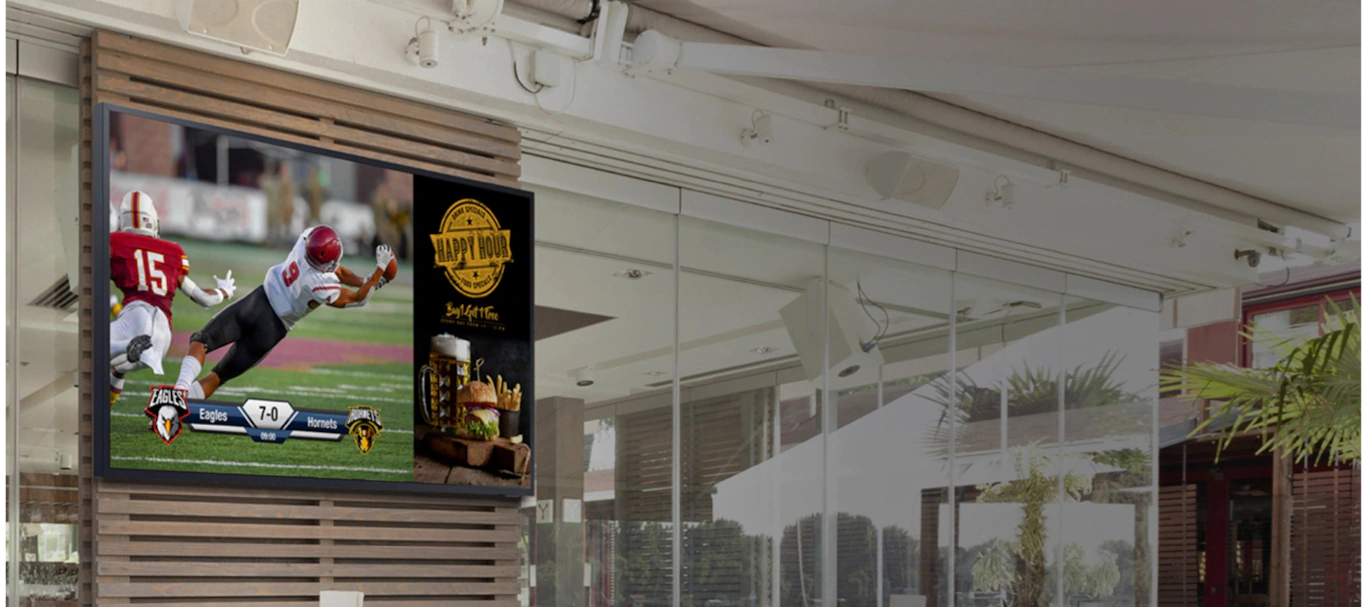QLED, Quantum Dot LED, is a display technology used in modern televisions. It uses tiny particles called quantum dots to enhance the colors and brightness on the screen, offering a more vibrant viewing experience. Unlike traditional LED TVs, QLED delivers better color accuracy and higher brightness. While OLED displays produce deeper blacks with self-lit pixels, QLED relies on a backlight but excels in delivering bright and sharp images. This makes QLED a popular choice for users who want brilliant colors and clear visuals in well-lit rooms.
How QLED Works
QLED works by using quantum dots, which are tiny particles that produce incredibly vibrant colors when hit by light. These quantum dots are placed in front of an LED backlight, which shines through them to create a wide range of colors on the screen. The LED backlight provides the brightness, while the quantum dots refine the colors, making them more accurate and vivid. The quantum dots are nanometer-sized, meaning they are extremely small but powerful in creating superior picture quality with enhanced brightness and richer colors, offering a more lifelike viewing experience.
Key Features of QLED
Brightness and Contrast
QLED technology is known for its impressive brightness levels, making it perfect for viewing in well-lit rooms. The LED backlight used in QLED screens allows them to reach higher brightness than OLED, which also helps improve contrast, creating a clearer distinction between light and dark areas on the screen. As a result, viewers get a sharper, more detailed picture, especially during bright scenes.
Color Accuracy
Quantum Dot technology in QLED TVs enables the display of a much wider color range, offering more accurate and vibrant colors. The quantum dots in the screen allow for greater precision in producing shades of red, green, and blue, resulting in more lifelike and natural images. This makes QLED particularly well-suited for watching content with rich colors, such as nature documentaries or movies.
Lifespan and Durability
One major advantage of QLED technology is its long lifespan and durability. Unlike OLED, which can suffer from burn-in issues over time, QLED displays are less prone to image retention and tend to last longer. This makes QLED TVs a reliable option for those looking for a display that will maintain its quality for years without worrying about screen damage.
Energy Efficiency
QLED TVs are also energy efficient, using an LED backlight that consumes less power than older TV technologies. While QLED TVs can achieve high brightness levels, they do so without using excessive energy, making them an eco-friendly option for those who want to reduce their energy consumption without sacrificing performance.
Popular Uses of QLED
Home Entertainment
QLED technology is widely used in televisions for home entertainment, offering excellent performance for gaming, streaming, and watching movies. Its high brightness, vibrant colors, and sharp contrast make it perfect for immersive experiences, especially in brightly lit rooms. Many gamers prefer QLED TVs for their quick response times and stunning visuals.
Commercial Displays
QLED is also commonly used in larger commercial displays, such as advertising screens in malls, airports, and public places. Its ability to maintain brightness and color accuracy over long periods makes it an ideal choice for digital billboards and other large-scale displays that need to capture attention with vivid visuals.
Comparison: QLED vs. OLED
| Aspect | QLED | OLED |
| Black Levels | Impressive brightness but not true black levels due to the LED backlight. | Perfect black levels with self-lit pixels, delivering exceptional contrast. |
| Viewing Angles | Good viewing angles but is less consistent than OLED when viewed from the sides. | Superior viewing angles, offering a clear picture from almost any angle. |
| Burn-In Issues | No risk of burn-in, making it more durable for long-term use. | Risk of burn-in over time, especially with static images on the screen. |
Pros and Cons of QLED
Conclusion
QLED offers key benefits such as higher brightness, vivid colors, and a longer lifespan, making it a reliable option for long-term use without the risk of burn-in. Its vibrant display and energy efficiency make it perfect for gaming, streaming, and everyday viewing, especially in well-lit rooms. While it may not achieve the perfect black levels of OLED, its overall performance is excellent for most users. QLED TVs are best suited for gamers, movie lovers, and anyone looking for a durable display with impressive visuals. With its advanced features, QLED remains a top choice for home entertainment and commercial displays.
